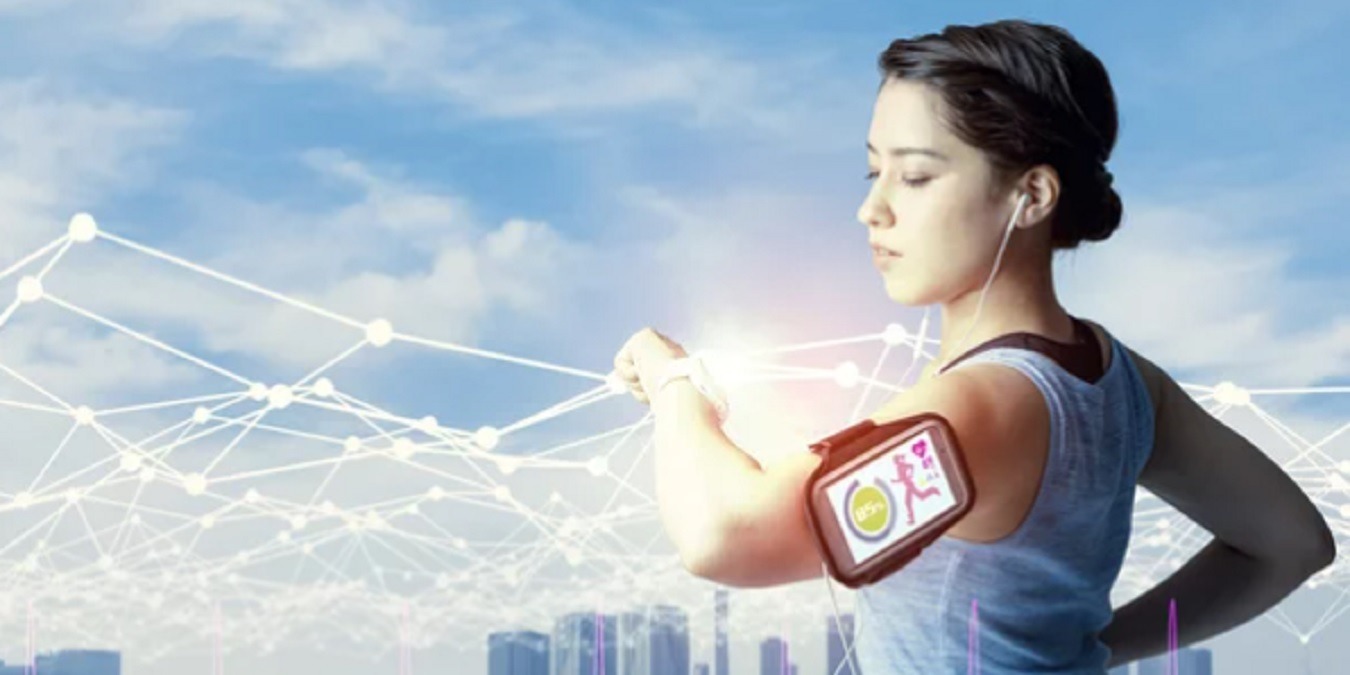
You might have used smartphone apps which claim to measure vital signs – heart rate, blood pressure, or glucose levels. Some of them simulate medical-grade accuracy with fancy numbers and charts. Considering our own direct experiences though, it might take more than a grain of salt to swallow the fantastic claims.
One reason these apps are all noise and functionally useless is because they do not enjoy endorsements from any credible organizations – hospitals, medical insurers, government regulators, and such. An Israel-based start-up called Binah.ai seeks to flip the script by improving remote vital signs monitoring technology for real functional accuracy. I spoke to David Maman, the co-founder, CEO and CTO, Binah.ai on how their innovative SDK is able to win the trust and confidence of medical providers.
Vital Signs Monitor on a Smartphone: The Technology is Already There
Although it doesn’t always occur to us, the modern smartphone is a state-of-the-art technology integrating the best modules on a tiny motherboard. Embedded sensors such as CMOS image sensors, ambient light sensors, and microphones have been scientifically proven to monitor many vital signs such as heart rate, heart rate variability (HRV), respiratory rate, and skin conditions.
While the technology for vital signs monitoring does exist, many of these dubious app-makers make do without granular research data on patient assessment. You cannot accurately determine the vital signs of random persons without credible research based on age, gender, and other demographic criteria.
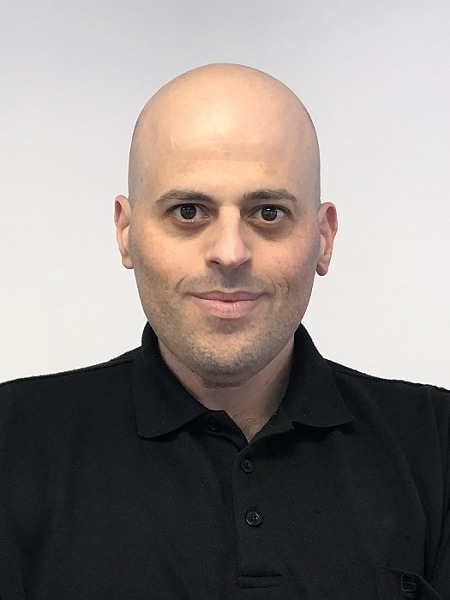
This is the crux of David’s argument while he defends the use of smartphone camera lenses for genuine vital signs monitoring. David says: “We have to take into consideration that the world is evolving and changing. More and more companies are receiving medical authority approval (for such solutions).” He further mentions that self-monitoring is an active component of patient care today citing a WHO report about the shortage of 15 million medical professionals worldwide.
David further talks about how a solution such as Binah.ai can facilitate “triage”, which in medical jargon refers to the prioritization of a patient’s treatment based on their existing conditions. Using a video app based on Binah.ai SDK, a remote patient’s condition can be diagnosed accurately, and can serve as a recommended tool for emergency response teams. Currently, Binah.ai-based solutions support the triage for SpO2, respiration rate, HRV, and more, from remote. Furthermore, they are looking to add blood pressure monitoring into the core solution.
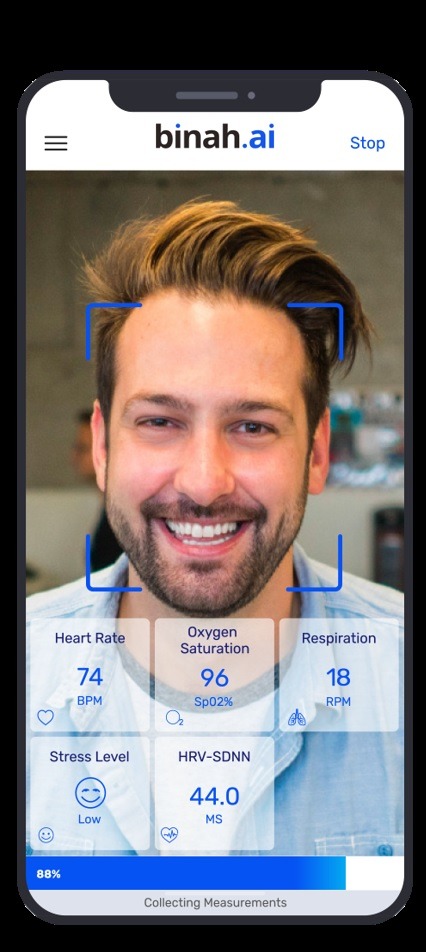
The key points David highlights for a remote real-time vital signs assessment tool are as follows:
- They should work on any camera-based device, with highest accuracy delivered for latest smartphones.
- No other devices, hardware or components should be required. This means that with a well-designed remote monitoring system, one needn’t have a separate pulse oximetry or electrocardiogram-measuring tool.
- The results should be visible from the click of a button, and correspond to medical-grade accuracy.
That still poses a question as to how the accuracy of these remote monitoring apps becomes useful for the patients and providers. Here is a helpful summary.
Smart Components of Binah.ai
Presently, Binah.ai solution uses an array of smartphone sensors to determine the patient’s vital signs. Some of these technologies used include camera calibration, face detection, face tracking, dynamic skin region selection, motion compensation, and illumination normalization. All of them revolve around the premise that while face recognition is being achieved on camera, it’s difficult to control lighting conditions effectively for best results.
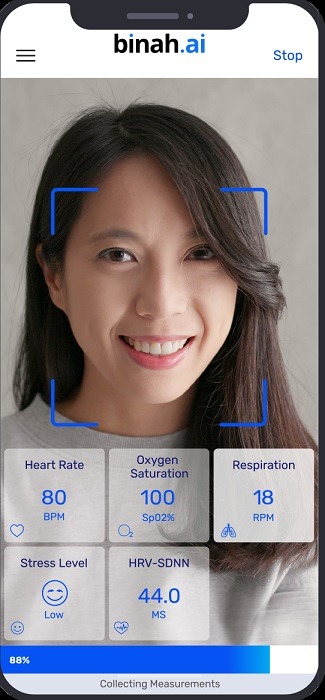
Basically, Binah.ai solution uses a contactless method viewing the human skin to determine the end user vital signs. Despite variable lighting conditions, the smartphone camera (especially a newer model) is equipped with sensors to obtain face images with some degree of uniform illumination. In the future, David mentions that their solution would also determine blood pressure, hemoglobin, and alcohol levels based on already proven scientific criteria.
Vital Signs Monitor on a Smartphone: The Future
David believes that video-based health monitoring apps will see more popularity in the future. Citing his own company’s example, he mentions that they have nearly 80 clients worldwide comprising hospitals, medical insurance providers, and telehealth companies. He mentions the example of Generali, a leading European insurance group which uses Binah.ai’s pioneering solution in one of their apps called Generali VitalSigns & Care. The app is slated to have been launched in the first quarter of 2021, and monitors blood oxygen saturation, respiratory rate, heart rate and HRV through a smartphone camera alone.
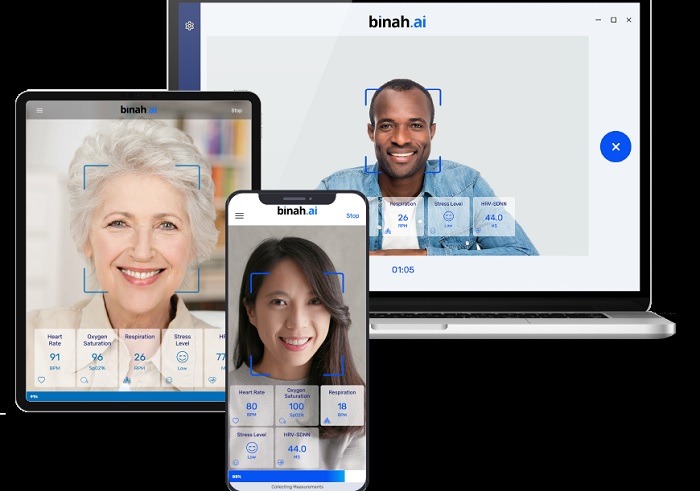
The SDK pioneered by Binah.ai can integrate across a host of end user devices including smartphones, tablets, and desktop PC. This makes it readily usable for a variety of end user scenarios, and Binah.ai is exploring more clients in this space. A South-African insurance company called Momentum has further added Binah.ai SDK in its screening solution called Kimi Screening available on App Store and Google Play.
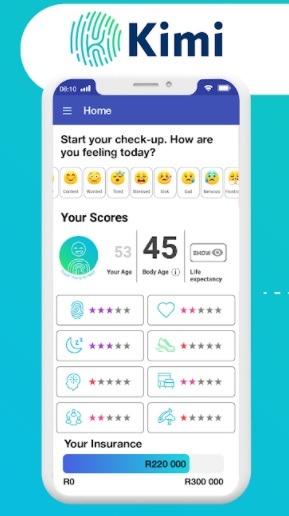
With active research in this field, it is fair to expect that there will be more telehealth applications of Binah.ai in the future. Powering the applications which remotely monitor vital signs of a patient on a smartphone is no easy feat. Binah.ai’s solution is seeing recognition from credible healthcare organizations which confirms our viewpoint that such technologies are here to stay.
According to David Maman, the quality and confidence-levels of these new vital signs measuring tools will become mainstream and adopted by hospitals and medical regulatory bodies. In fact, he mentions that they are seeking FDA clearance for their innovative SDK.
We earlier saw how North Carolina-based Valencell has pioneered medical-grade PPG sensors which gets gold standard accuracy using ear-based signal monitoring. Ideas such as these are very ahead of their time but we will see them widely acknowledged in the near future, possibly by early 2022.







